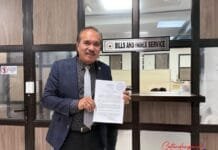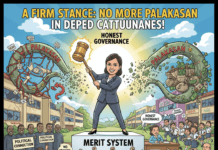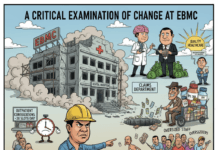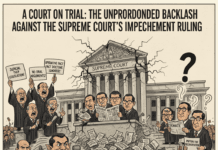Ang Barangay ang sinasabing “smallest political unit of the society”, basado sa local government code of 1991. Ang kauswagan ning barangay, kauswagan ning komunidad asin kauswagan ning bilog na nacion maging bilog na kinaban.
The Barangay as a political unit is the most enduring legacy of our pre-Hispanic past. Kan kita mga estudyante pa sa elementarya nanudan ta ang tataramon na barangay na guikan sa roots na balangay – the small but sturdy boats that our Malay ancestors used to navigate the rough seas of the Pacific to settle in these lands.
Sa mga kandidato ngonian na ehersisyo political, it would be best to understand the history of this unique political unit so as to better recognize its indispensability to effective local and national governance. Barangay as a Partner in Governance
A barangay also known by its former Spanish adopted name, the barrio, is the smallest administrative division in the Philippines and is the native Filipino term for a village, district or ward. Municipalities and cities are composed of barangays. In place names barangay is sometimes abbreviated as “Brgy” or “Bgy”. As of December 31, 2018 there are a total of 42,044 barangays throughout the Philippines.
While barangay is the smallest unit of government, it is in charge of governance of the affairs of the barangay, through elected barangay officials and contributes to the overall governance of the country, it is therefore not only a partner in governance but is in fact an important component of national governance.
One is its role in settling minor disputes, mostly over land. Such disputes need to be put before a barangay resolution committee (Lupon Tagapamayapa), which will try to settle the matter out of court. Only when this fails, would the case be forwarded to the courts. This has meant that the regular courts are no longer flooded with so many minor cases.
The barangay also has a role in approving permits for businesses. For the majority of applicants this is just a procedural question. Sometimes, the barangay would disapprove an application if it is to the detriment of the residents.
Barangays have been growing in importance, making them prime political targets. This is partly due to the Local Government Code which allots them a share of the Internal Revenue collections. What many Filipinos don’t realize is that elected barangay councils are relatively rare in the world. In most countries, the lowest elected officials are city/municipal councils. In Western Europe, it seems that only Portugal has elected barangay councils (they are called ‘parish’ councils). This means that there is a democratic gap in most other countries, where municipal councils often make decisions that may not have fully considered the situation in neighborhoods or districts.
Having an elected structure at the barangay level comes in handy in many cases. During calamities, barangay officials coordinate the local response; barangays are instrumental in fighting diseases (e.g. dengue, malaria). Even in cases of armed conflict, barangays make for a coordinated evacuation of inhabitants
With their growing importance, people will become more motivated to get involved in barangay politics. Barangay elections will be more contested, and people will be more demanding on the officials who are elected. And all this makes for a more participative democracy in the Philippines.
Ngonian na mapili kita ning mga opisyal sa barangay asin Sangguniang Kabataan, saro ining pinaka-importanteng aspeto kan satong mga elector tanganing makapaghanap ning mga personang matitiwalaan kan deber na iyo ang magiging pamayo niato kung papano tawan ning general welfare ang sociodad.
Good luck sa mga kandidato asin mga botante. Magpili kita ning tama tanganing dai magbasol ngapit.























